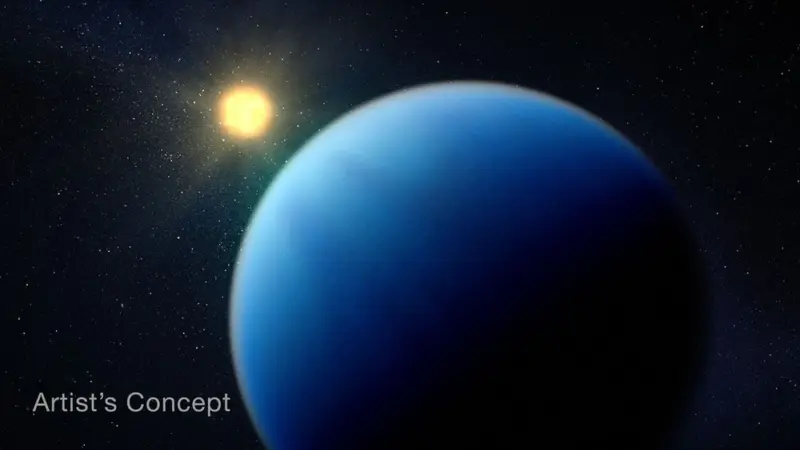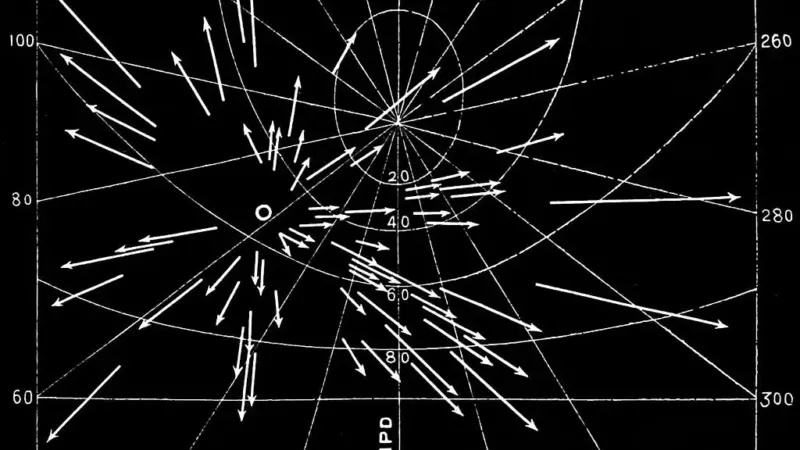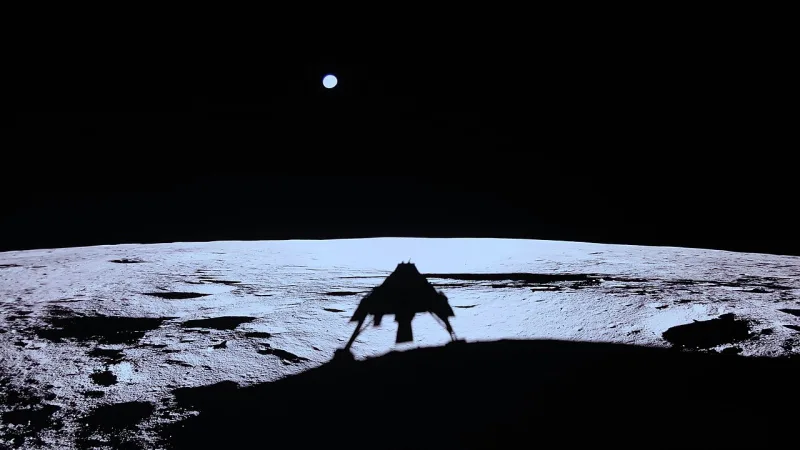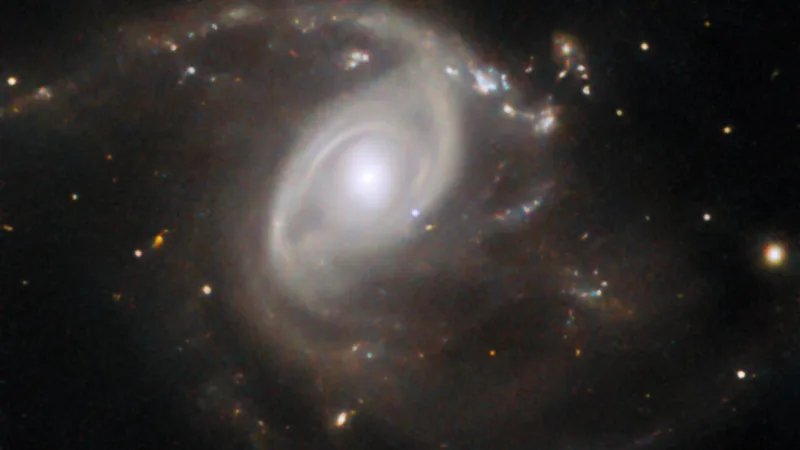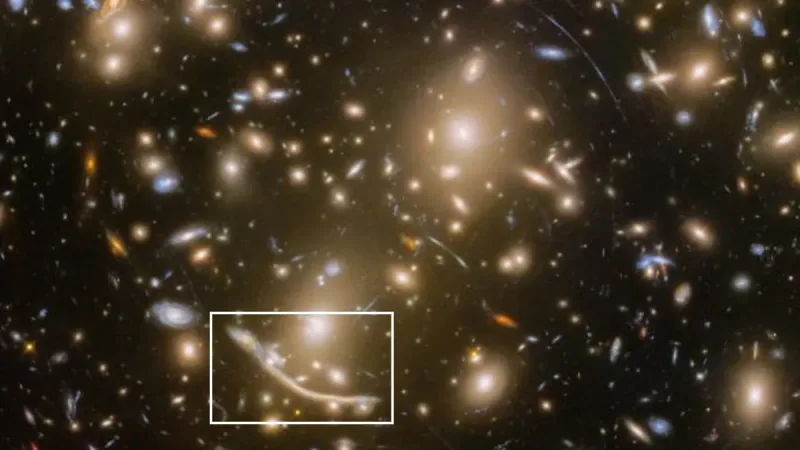NASA’s Webb Telescope Detects Carbon Dioxide in Alien Worlds
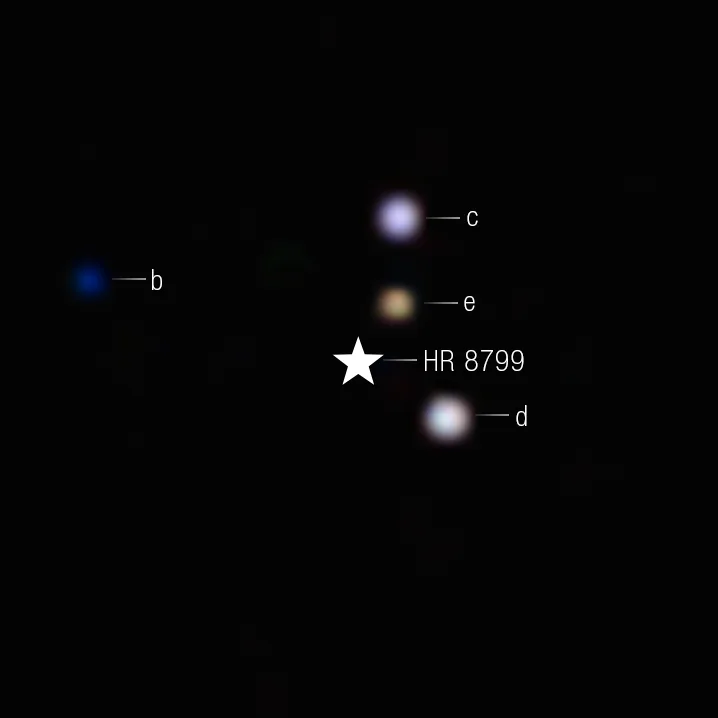
The James Webb Space Telescope (JWST) has once again revolutionized our understanding of the universe by capturing breathtaking images of distant exoplanets. This time, the spotlight is on HR 8799, a young planetary system located 130 light-years away from Earth. Scientists have long studied HR 8799 to understand how giant planets form, and Webb’s latest observations have unveiled exciting new details about these colossal worlds.
C02: A Key Indicator of Planetary Origins
One of the most remarkable discoveries from Webb’s observations is the presence of significant amounts of carbon dioxide in the atmospheres of the four gas giants orbiting HR 8799. This finding strengthens the theory that these planets formed through a process called core accretion—a gradual accumulation of solid material that eventually attracts surrounding gas, much like how Jupiter and Saturn formed in our own solar system. The detection of heavy elements, including carbon, oxygen, and iron, provides valuable clues about the planets’ evolutionary journey.
How Do Giant Planets Form?
Planetary scientists debate two primary models for the formation of giant planets:
- Core Accretion: A slow process in which dust and ice particles clump together to form a dense core, which later gathers surrounding gas.
- Disk Instability: A rapid process in which large sections of a young star’s gas disk collapse under gravity, forming massive planets in a short time.
The HR 8799 system provides strong evidence supporting the core accretion model. By analyzing the chemical makeup of these planets, researchers gain insights into whether similar processes occur in other exoplanetary systems.
The Power of Direct Imaging
Detecting exoplanets is no easy feat, as these distant worlds are often overshadowed by the bright light of their host stars. However, the Webb telescope’s Near-Infrared Camera (NIRCam) is equipped with a coronagraph—a device that blocks out starlight, allowing scientists to directly observe planets that would otherwise remain hidden.

Webb’s direct imaging capabilities have proven crucial in detecting faint infrared emissions from HR 8799’s planets. These emissions provide a window into their atmospheric composition, temperature, and structure. Beyond HR 8799, Webb has also captured images of another intriguing planetary system, 51 Eridani, located 97 light-years away, further expanding our understanding of planetary diversity.
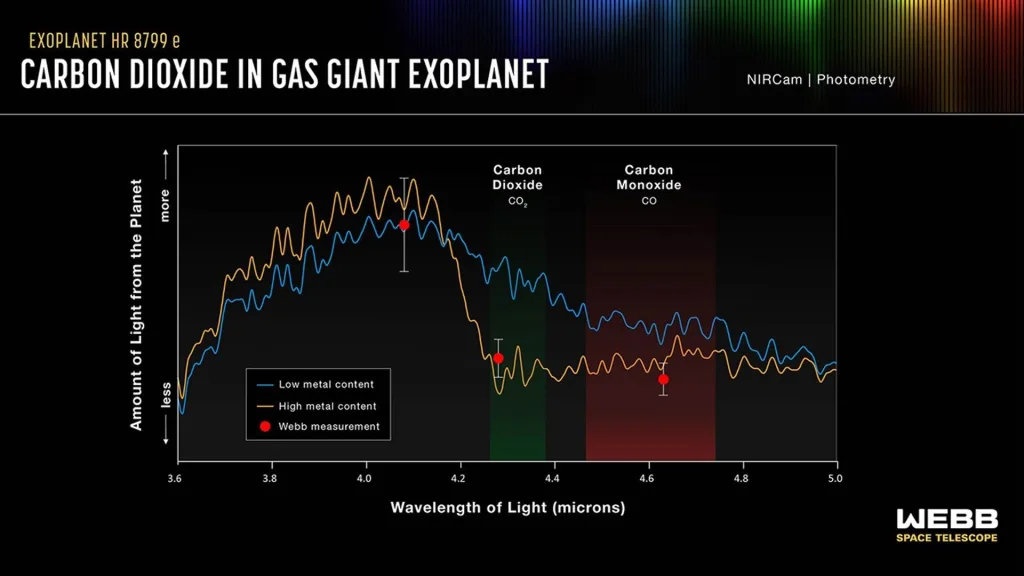
Understanding Our Place in the Universe
The study of exoplanets like those in HR 8799 is not just about uncovering alien worlds—it’s about understanding our own. By comparing distant planetary systems to our solar system, scientists hope to determine how unique or common our cosmic neighborhood truly is. William Balmer, the lead researcher of the study, explains:
“Taking images of other solar systems allows us to see how they compare to ours. This helps us put our existence into perspective and understand the broader mechanisms of planet formation.”
What’s Next for Exoplanet Research?
With Webb’s unprecedented capabilities, researchers plan to conduct more detailed observations of HR 8799 and similar planetary systems. Future studies aim to distinguish between gas giants and other celestial objects like brown dwarfs—failed stars that lack enough mass to sustain nuclear fusion.
As Webb continues to peer into the cosmos, its discoveries are reshaping our understanding of planetary formation, atmospheric chemistry, and the conditions that make a planet hospitable for life. The quest to understand the universe is far from over, and each new image captured by Webb brings us one step closer to unraveling the mysteries of the cosmos.


